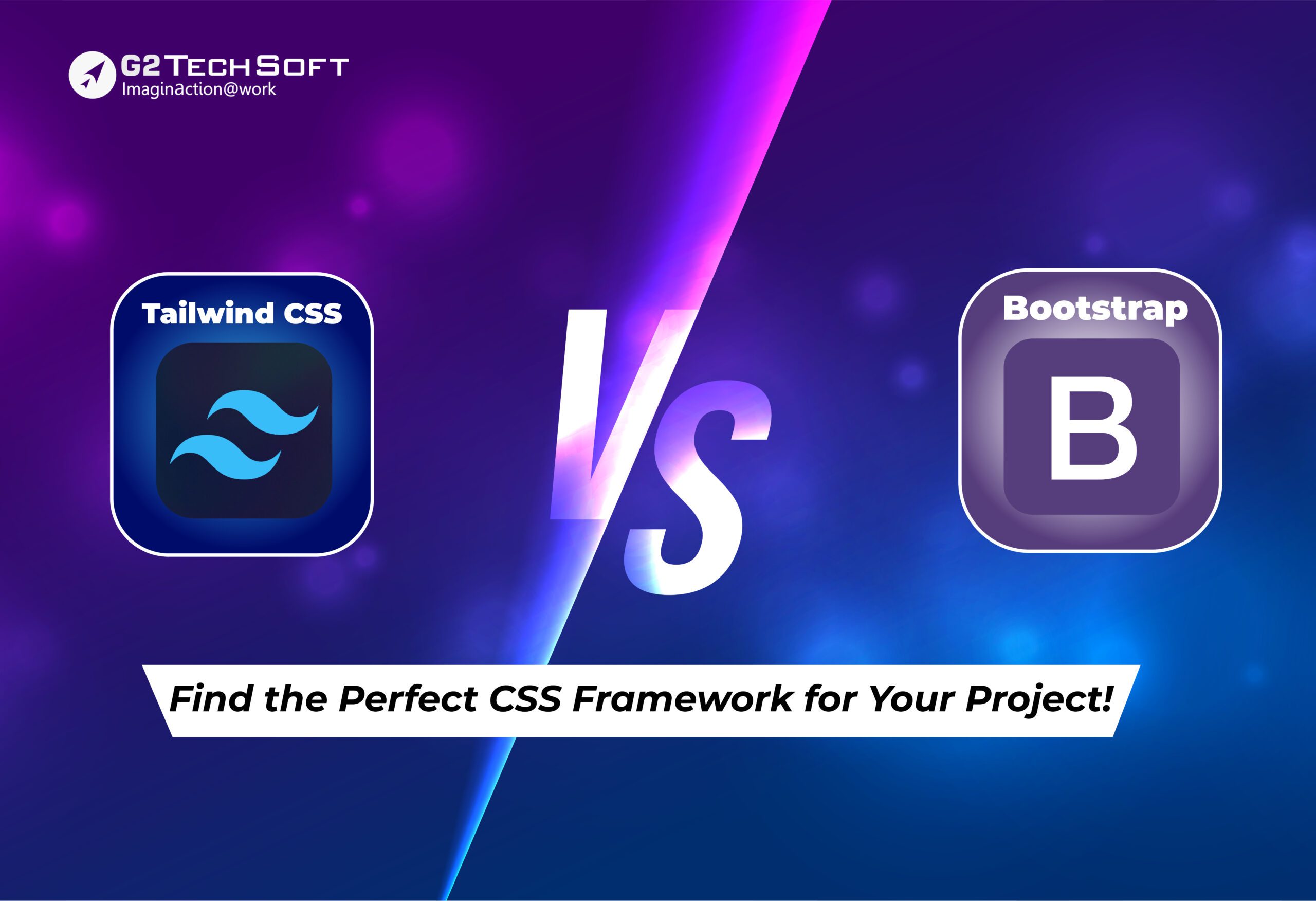20Shift: Your Daily Dose of Insight
Stay updated with the latest trends and news across various domains.
Frameworks That Make Your CSS Sing
Unlock the secrets to stunning web design with CSS frameworks that elevate your site's style and performance! Discover the magic now!
Top 5 CSS Frameworks to Enhance Your Web Design
When it comes to enhancing your web design, utilizing a solid CSS framework is essential. Among the numerous options available, Bootstrap stands out as one of the most popular frameworks due to its responsive design capabilities and extensive pre-built components. For a more modern alternative, consider Tailwind CSS, which allows for greater customization through utility-first classes, enabling developers to create unique layouts with ease. Other noteworthy frameworks include Foundation, renowned for its mobile-first approach, and Bulma, which is lightweight and easy to learn. Each of these frameworks provides a foundation that speeds up the development process while ensuring a polished final product. Check out this guide on Bootstrap for more information.
Another alluring CSS framework is Semantic UI, which emphasizes human-friendly HTML to ease the learning curve for developers. This framework provides a rich variety of user interface components that are designed to work cohesively together. For those who prefer a more alternative approach, Milligram offers a minimalist framework that is incredibly simple and efficient while still providing a solid base for styling. To explore these frameworks further, consider checking out Semantic UI and Milligram to discover how they can elevate your web design projects.

How to Choose the Right CSS Framework for Your Project
Choosing the right CSS framework for your project is crucial to streamline your development process and ensure consistent design across your website. Consider factors such as the size of the project, the skill level of your team, and the specific requirements of your design. Popular frameworks like Bootstrap offer extensive pre-built components, while others like Tailwind CSS provide utility-first approaches that promote customization and flexibility. Evaluate their documentation, community support, and performance metrics to determine which framework can cater to your project's needs most effectively.
Additionally, it's essential to assess the long-term maintainability of the CSS framework. A framework with a robust ecosystem and active community can save you time in troubleshooting and finding solutions to common problems. Look into the framework's update frequency, backward compatibility, and ease of integration with other tools. Overall, making an informed choice will not only enhance your project's aesthetics but also improve the efficiency of your workflow. For further guidance, refer to resources like CSS-Tricks for insights on selecting the best framework tailored to your development needs.
CSS Frameworks: Boost Your Styling Efficiency with These Essential Tools
In the fast-paced world of web development, CSS frameworks have emerged as essential tools for enhancing styling efficiency. These frameworks provide pre-written CSS code to streamline the design process, allowing developers to create responsive and visually appealing websites without starting from scratch. Some popular frameworks include Bootstrap, Tailwind CSS, and Bulma. By utilizing these resources, developers can focus on creating unique features rather than spending hours fine-tuning styles.
One of the key advantages of using CSS frameworks is their built-in grid systems, which can significantly improve layout design. For instance, the grid provided by Bootstrap allows for easy alignment and spacing adjustments, ensuring a consistent look across different devices. Additionally, frameworks often come with extensive libraries of user interface components, like buttons and forms, making it quicker to implement interactive elements. As a result, developers can boost their productivity and focus on what truly matters: creating exceptional user experiences.